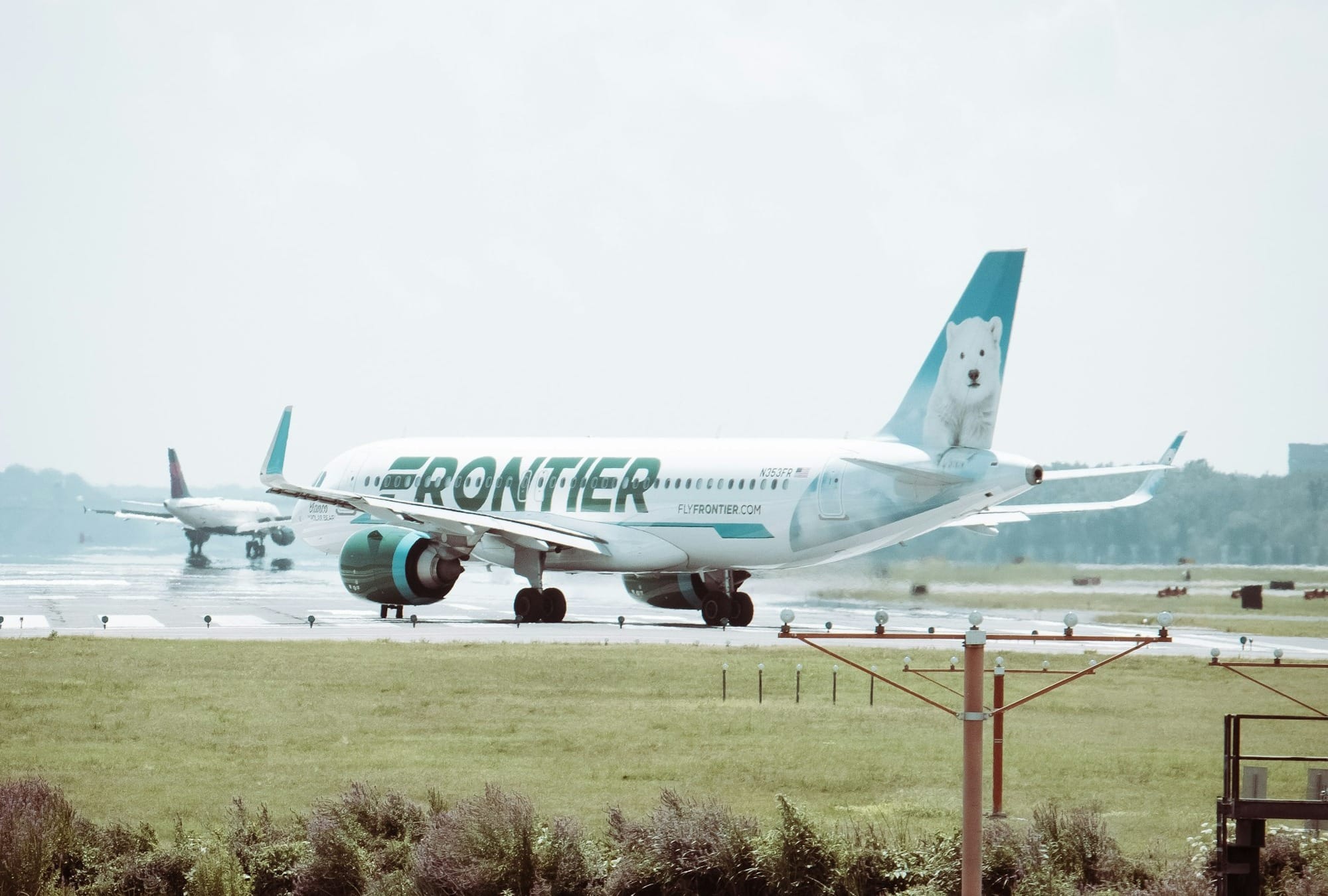Ethiopian Airlines Expands African Network with New Routes
Ethiopian Airlines, Africa's largest and most profitable airline, has announced a significant expansion of its African network with the introduction of several new routes.

Ethiopian Airlines Expands African Network with New Routes
Key Takeaways
- Ethiopian Airlines announces new routes to enhance African connectivity.
- New destinations include Lusaka, Gaborone, Libreville, and Bujumbura.
- Expansion aims to support economic growth and leverage Addis Ababa as a hub.
- Investments in fleet modernization and sustainability initiatives are key focuses.
- Strategic partnerships and alliances bolster the airline's competitive edge.
Ethiopian Airlines Expands African Network with New Routes
Ethiopian Airlines, Africa's largest and most profitable airline, has announced a significant expansion of its African network with the introduction of several new routes. This strategic move aims to enhance connectivity across the continent, support economic growth, and solidify Ethiopian Airlines' position as a leading carrier in Africa. The expansion is part of the airline's broader strategy to leverage its hub in Addis Ababa and capitalize on the growing demand for air travel within Africa.
New Routes and Destinations
Ethiopian Airlines has unveiled plans to launch new routes connecting Addis Ababa with key cities across Africa. These new destinations include:
- Lusaka, Zambia: Starting in October 2024, Ethiopian Airlines will offer direct flights from Addis Ababa to Lusaka, enhancing connectivity between East and Southern Africa.
- Gaborone, Botswana: The airline will introduce flights to Gaborone, providing a new link between Ethiopia and Botswana and facilitating business and tourism travel.
- Libreville, Gabon: Ethiopian Airlines will commence flights to Libreville, strengthening its presence in Central Africa and offering more travel options for passengers.
- Bujumbura, Burundi: The addition of Bujumbura to the network will improve access to East Africa and support regional integration efforts.
These new routes are expected to boost trade, tourism, and investment opportunities across the continent by providing more direct connections and reducing travel times.
Enhancing Connectivity and Economic Growth
Ethiopian Airlines' expansion is driven by the increasing demand for air travel within Africa. According to the International Air Transport Association (IATA), Africa is expected to be one of the fastest-growing aviation markets in the coming decades, with annual passenger numbers set to increase by nearly 5% per year. This growth is fueled by rising incomes, a growing middle class, and increased economic activity across the continent.
By expanding its network, Ethiopian Airlines aims to tap into this growing market and support economic development. Improved air connectivity is crucial for facilitating trade, tourism, and investment, which in turn drives economic growth. The new routes will provide businesses with better access to markets, enable tourists to explore new destinations, and create jobs in the aviation and tourism sectors.
Leveraging Addis Ababa as a Hub
Ethiopian Airlines' hub in Addis Ababa plays a central role in its expansion strategy. Bole International Airport, the airline's main hub, is strategically located at the crossroads of Africa, Europe, and Asia. This advantageous position allows Ethiopian Airlines to offer efficient connections between Africa and the rest of the world.
The airline has invested heavily in expanding and modernizing Bole International Airport to accommodate the growing number of passengers and flights. The airport now features state-of-the-art facilities, including a new terminal that can handle up to 22 million passengers annually. These investments have positioned Addis Ababa as a major aviation hub in Africa, attracting more airlines and passengers.
Fleet Expansion and Modernization
To support its network expansion, Ethiopian Airlines is also investing in fleet modernization. The airline operates one of the youngest and most modern fleets in Africa, consisting of Boeing 787 Dreamliners, Airbus A350s, and Boeing 737 MAX aircraft. These aircraft are known for their fuel efficiency, range, and passenger comfort, making them ideal for both short-haul and long-haul routes.
Ethiopian Airlines has placed orders for additional aircraft to ensure it has the capacity to meet growing demand. The new aircraft will enable the airline to increase frequencies on existing routes, launch new destinations, and maintain high service standards.
Focus on Sustainability
Ethiopian Airlines is committed to sustainability and reducing its environmental impact. The airline has implemented several initiatives to minimize its carbon footprint, including investing in fuel-efficient aircraft, optimizing flight routes, and adopting sustainable aviation fuels (SAF). These efforts align with global aviation industry goals to achieve net-zero carbon emissions by 2050.
In addition to environmental sustainability, Ethiopian Airlines is also focused on social and economic sustainability. The airline supports various community development projects, provides training and employment opportunities, and promotes gender equality within the organization.
Challenges and Opportunities
While the expansion presents significant opportunities, Ethiopian Airlines also faces several challenges. The African aviation market is highly competitive, with other carriers also seeking to expand their networks and capture market share. Additionally, infrastructure limitations, regulatory hurdles, and geopolitical issues can pose challenges to growth.
However, Ethiopian Airlines' strong brand reputation, extensive network, and strategic partnerships position it well to navigate these challenges. The airline has a proven track record of resilience and adaptability, having successfully weathered previous crises, including the COVID-19 pandemic.
Strategic Partnerships and Alliances
Ethiopian Airlines' membership in the Star Alliance, the world's largest airline alliance, provides a competitive advantage. This membership allows the airline to offer seamless connectivity to over 1,300 destinations worldwide through codeshare agreements and partnerships with other member airlines. These alliances enhance Ethiopian Airlines' global reach and provide passengers with more travel options.
The airline also collaborates with other African carriers to promote regional integration and improve connectivity. Through partnerships and joint ventures, Ethiopian Airlines aims to create a more connected and efficient African aviation market.
Conclusion
Ethiopian Airlines' expansion of its African network with new routes is a strategic move that underscores its commitment to enhancing connectivity and supporting economic growth across the continent. By leveraging its hub in Addis Ababa, investing in fleet modernization, and focusing on sustainability, the airline is well-positioned to meet the growing demand for air travel within Africa.
The new routes will provide passengers with more travel options, facilitate trade and tourism, and contribute to the overall development of the African aviation industry. As Ethiopian Airlines continues to expand and innovate, it remains a key player in shaping the future of air travel in Africa and beyond.
Summary
Ethiopian Airlines is expanding its African network by introducing new routes to Lusaka, Gaborone, Libreville, and Bujumbura. This expansion aims to enhance connectivity, support economic growth, and leverage Addis Ababa as a major aviation hub. The airline is investing in fleet modernization and sustainability initiatives to meet growing demand and reduce its environmental impact. Despite challenges, Ethiopian Airlines' strategic partnerships and strong brand reputation position it well for continued success.
Q&A
Q: What are the new destinations Ethiopian Airlines is adding to its network? A: Ethiopian Airlines is adding new routes to Lusaka, Zambia; Gaborone, Botswana; Libreville, Gabon; and Bujumbura, Burundi.
Q: How does Ethiopian Airlines plan to support economic growth with its expansion? A: By enhancing air connectivity, Ethiopian Airlines aims to facilitate trade, tourism, and investment, which drive economic growth and create jobs in the aviation and tourism sectors.
Q: What role does Addis Ababa play in Ethiopian Airlines' expansion strategy? A: Addis Ababa, through Bole International Airport, serves as a strategic hub that connects Africa with Europe and Asia, offering efficient connections and attracting more airlines and passengers.
Q: How is Ethiopian Airlines addressing sustainability? A: The airline is investing in fuel-efficient aircraft, optimizing flight routes, and adopting sustainable aviation fuels (SAF) to minimize its carbon footprint and align with global aviation industry goals.
Q: What challenges does Ethiopian Airlines face in its expansion efforts? A: The airline faces competition from other carriers, infrastructure limitations, regulatory hurdles, and geopolitical issues. However, its strong brand reputation and strategic partnerships help mitigate these challenges.
Q: How do strategic partnerships benefit Ethiopian Airlines? A: Membership in the Star Alliance and collaborations with other African carriers enhance Ethiopian Airlines' global reach, provide seamless connectivity, and promote regional integration.








